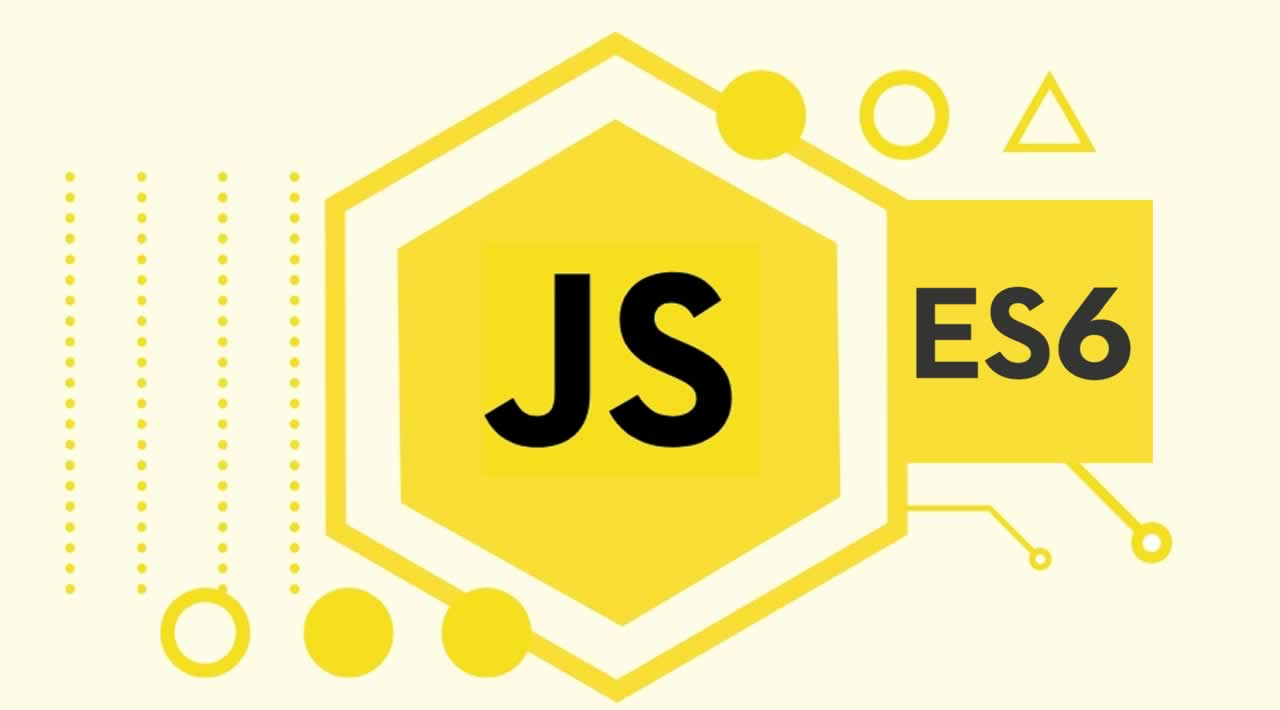Introduction
ECMAScript is a standard that web browsers follow while interpreting Javascript. Experts from across the world gather and decide on the changes that should make the language better. The 6th edition of such a conference happened in June 2015. The standard that came out of it was initially known as ECMAScript 6 (**ES6**) and was later renamed to ECMAScript 2015. Since then the standard is named as ECMAScript [Year No.] . This year’s standard is known as **ECMAScript 2020**

This article is a compilation of some of the more useful features introduced since 2015. These features have since gained immense popularity due to the level of friendliness they add to the language.
Let’s go through each one of them and look at their examples.
- Template Literals
- Destructuring Objects
- For of Loop
- Spread Operator
- Arrow Functions
- Default Parameters
- Sets
Template Literals
String concatenation in Javascript used to happen with a + sign. This resulted in ugly looking combinations. Template literals were introduced to beautify string creation. With just a pair of backticks``` and a ${} one can create any length string. The ${} can contain any Javascript expression, whose result will finally be converted automatically to string.
#javascript #web-development #nodejs
